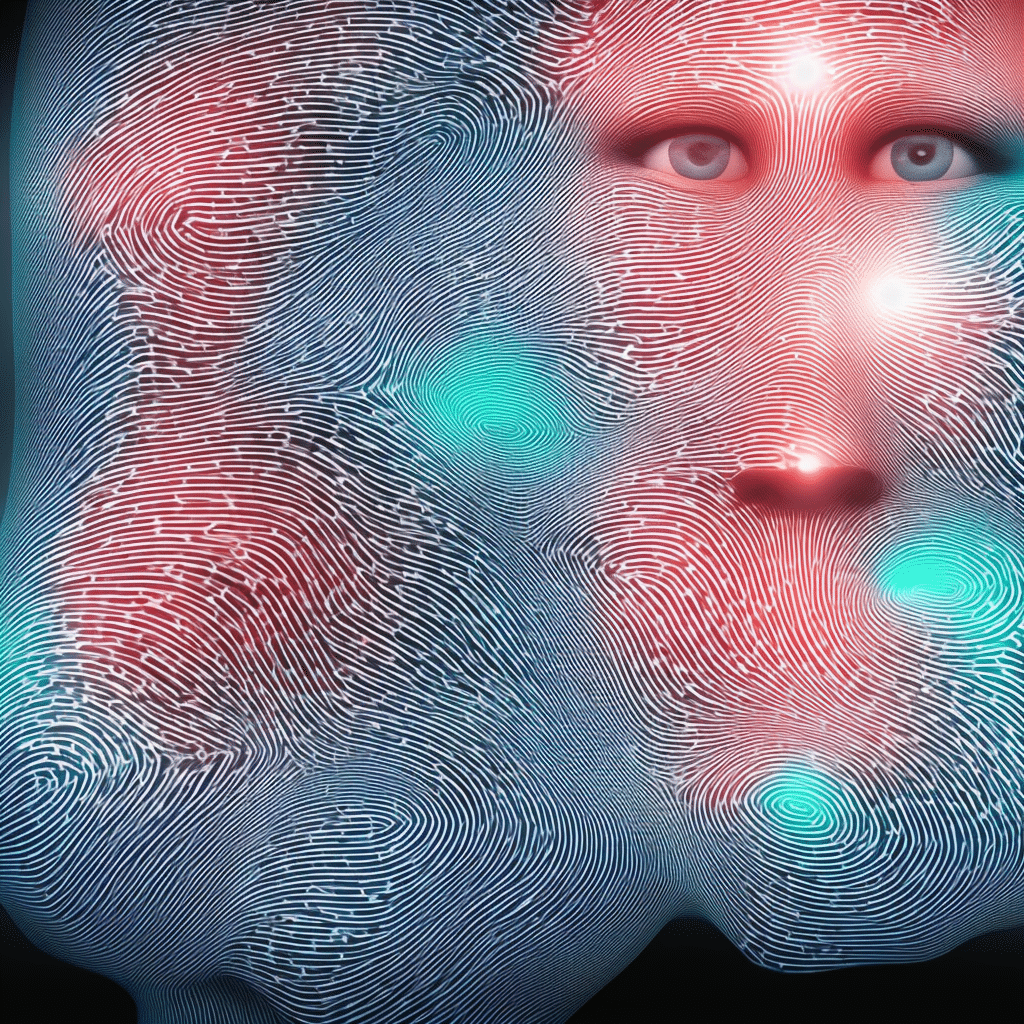What Is the Future of Biometric Technology in Personal Identification?

Look around you, and you’ll find that biometrics is rapidly becoming a routine part of your daily life. From unlocking your smartphone with a fingerprint to passing through airport security using facial recognition, this innovative technology is revolutionizing personal identification and security. But that’s just the tip of the iceberg. The future of biometric technology in personal identification promises to take this revolution to astonishing new heights.
The Rise of Biometric Technology
In an ever-connected world where data is the new currency, security and privacy have gained paramount importance. Traditional methods of authentication like passwords and PINs are increasingly being seen as vulnerable and unreliable. Enter biometrics.
Avez-vous vu cela : How Is AI Being Used to Create More Advanced Virtual Assistants?
Biometric technology uses unique physical or behavioral traits of individuals for identification and access control. These can include features such as fingerprints, facial features, iris patterns, voice waves, and even the way you walk.
The rise of this technology can be attributed to its two key advantages – uniqueness and convenience. No two people have the same fingerprints, iris patterns, or facial features. This uniqueness makes biometric identifiers highly secure and hard to forge. On the other hand, the convenience of biometrics is unparalleled. Imagine not having to remember complex passwords or carry physical keys. All you need is ‘you’ to verify your identity.
A lire également : What New Technologies Are Emerging in Electric Vehicle Batteries?
The Evolution of Biometric Systems and Their Application
From rudimentary fingerprint scanners to sophisticated facial recognition systems, biometric technology has evolved significantly over the years. And with advances in artificial intelligence, machine learning, and digital imaging, we can expect this evolution to continue.
Facial recognition technology, for instance, is becoming a common sight at airports, shopping malls, and even workplaces. This technology uses algorithms to map facial features and compare them with stored images for identification.
Fingerprint recognition systems, on the other hand, have found widespread use in smartphones and laptops. They provide an easy and secure way to unlock devices, make digital payments, or access apps.
Other emerging biometric technologies include iris scanning, voice recognition, and even vein pattern recognition. Each offers unique advantages and potential applications not only in security but also in sectors like healthcare, banking, retail, and more.
Data Privacy and Biometrics
As biometric technology continues to permeate our lives, questions around data privacy and security are inevitable. After all, biometrics involves the collection and storage of highly sensitive, personal data.
Biometric data, by its very nature, is incredibly private. It’s not like a password or a credit card number that can be changed if compromised. If someone gets hold of your biometric data, they essentially have a key that can potentially unlock every aspect of your life.
This concern is further amplified by the huge amounts of biometric data being collected and stored by governments and corporations. How this data is used, who has access to it, and how it is protected are all critical questions that need to be addressed.
The Future of Biometric Technology
Looking ahead, the future of biometric technology in personal identification seems promising and exciting. With advancements in technology, we can expect to see even more accurate and efficient biometric systems.
Artificial intelligence and machine learning will continue to play a significant role in improving the accuracy and speed of biometric systems. They will help in developing algorithms that can quickly and accurately analyze biometric data, making these systems more reliable.
The future could also see the rise of multi-modal biometric systems that use more than one biometric identifier for authentication. This could include using a combination of facial recognition, fingerprint scanning, and voice recognition for improved accuracy and security.
Moreover, we could see biometrics being integrated into more aspects of our lives. For instance, biometric technology could be used for personalized advertising, where ads are targeted based on your mood determined through facial recognition. In healthcare, biometric data could be used to monitor patients’ health and detect diseases early.
While the possibilities are endless, the future of biometric technology will also be shaped by how effectively it addresses the challenges of data privacy and security. As we continue to embrace this technology, we must ensure that our personal data remains secure and our privacy is not compromised. After all, in the world of biometrics, ‘you’ are your most precious asset.
The Impact of Biometric Authentication on Society and Economy
Biometric authentication is not just a technological revolution, it is also influencing our society and economy in myriad ways. As more and more industries adopt biometric systems for identity verification, we are witnessing a shift towards a more secure and efficient way of validating identities.
In the financial sector, banks are using biometric technology like fingerprint scanning and face recognition to secure transactions and prevent fraud. This not only enhances security but also improves user experience by making authentication processes faster and more convenient.
This convenience is also being brought into retail, with stores now using biometric authentication methods to streamline the checkout process. Some are even testing facial recognition technology to personalize shopping experiences based on previous purchases or browsing history.
In the healthcare sector, biometric identification is being used to ensure patient safety and improve treatment outcomes. Iris recognition, for instance, is being used to accurately identify patients and link them to their medical records, thereby preventing errors and enhancing patient care.
This adoption of biometric technology is also having a significant impact on the economy. According to a report by BIS Research, the global biometrics market is expected to reach $51.98 billion by 2023, growing at a CAGR of 22.1% from 2018.
However, while the benefits of biometric systems are clear, their widespread adoption also brings challenges. As more sectors start relying on biometric data for access control and identity verification, the need for robust data protection measures becomes critical. This is where the role of biometric security comes into play.
Balancing Biometric Advancements and Data Security
As we continue to harness the power of biometrics, striking a balance between technological advancements and data security is crucial. After all, the effectiveness of biometric systems hinges on trust – the trust that our biometric characteristics will be used responsibly and protected diligently.
To this end, stringent regulations and standards need to be implemented to ensure that biometric data is collected, stored, and used securely. This includes setting clear guidelines for data collection, establishing strict access controls, and enforcing robust encryption methods.
Moreover, transparency is key. Governments and corporations should be clear about why they are collecting biometric data, how they are using it, and who has access to it. This can help build trust and confidence among users.
Importantly, continuous innovation in biometric security is paramount. As hackers become more sophisticated, so too must our defenses. We need to stay ahead of the curve, developing new and advanced authentication methods to secure our digital identity.
Conclusion
As we gaze into the future, it’s clear that biometric technology will play an increasingly important role in personal identification. With the potential to revolutionize everything from banking to healthcare, the possibilities are endless.
However, as we embrace the convenience and security of biometrics, we must also be mindful of the inherent risks. Our biometric data – our most personal identifiers – must be protected at all costs.
Moving forward, the onus is on us – as individuals, companies, and societies – to ensure that we are using biometric technology responsibly. Only then can we truly unlock the full potential of this powerful tool and shape a future where technology serves us, rather than the other way around. In this rapidly evolving landscape of biometrics, we must remember that ‘you’ are not just an asset, but a custodian of your own identity.
